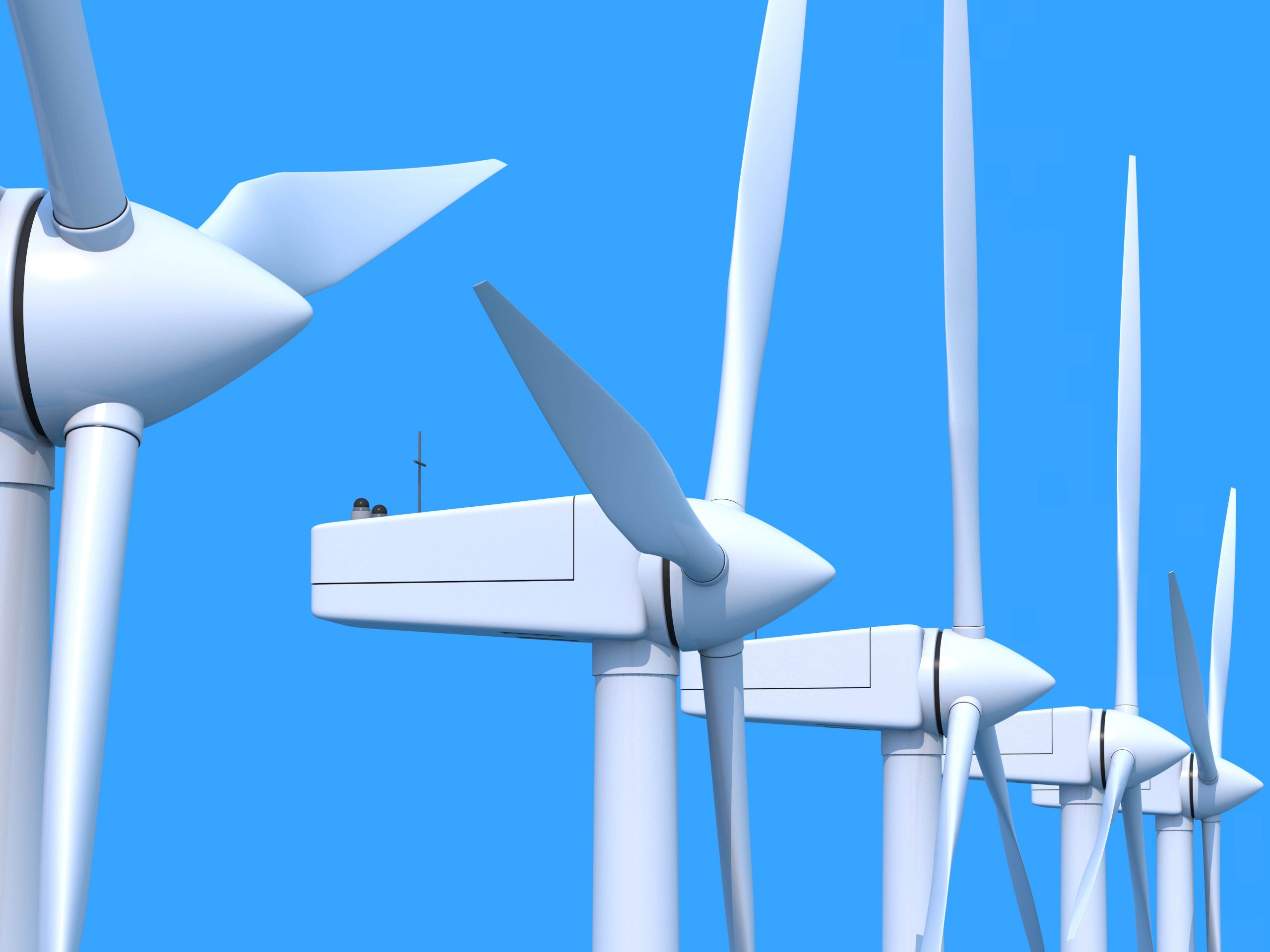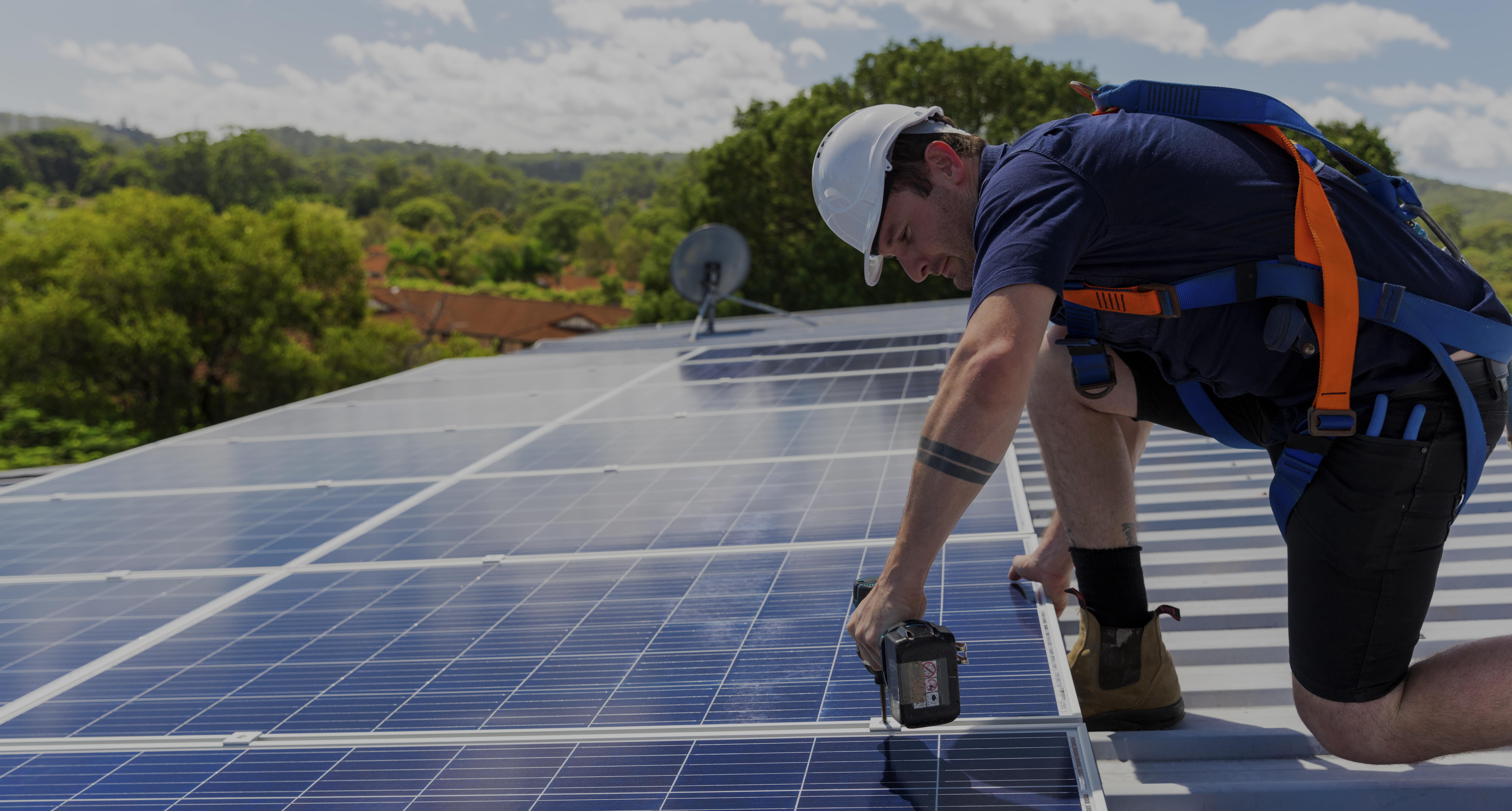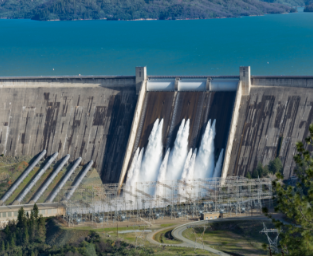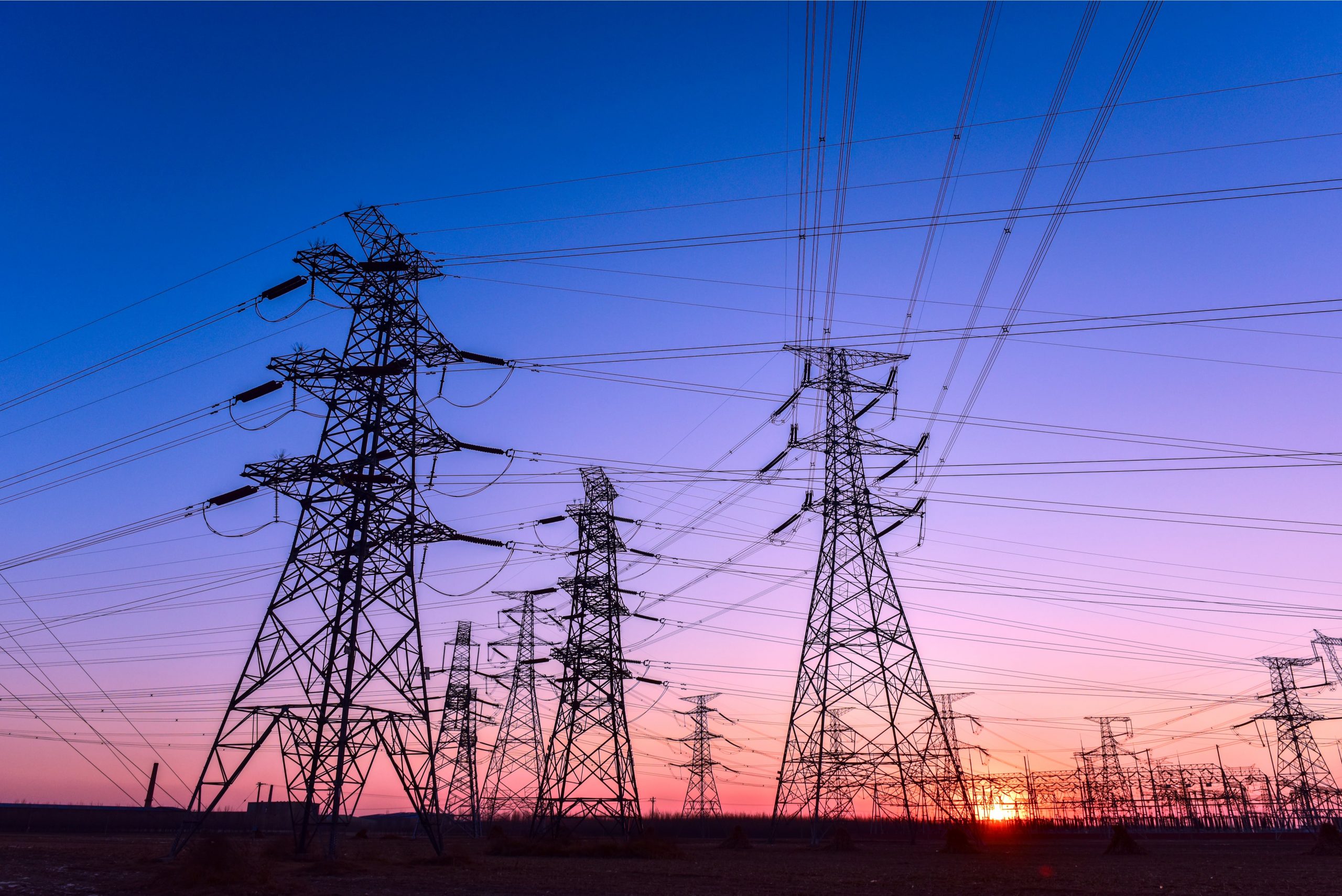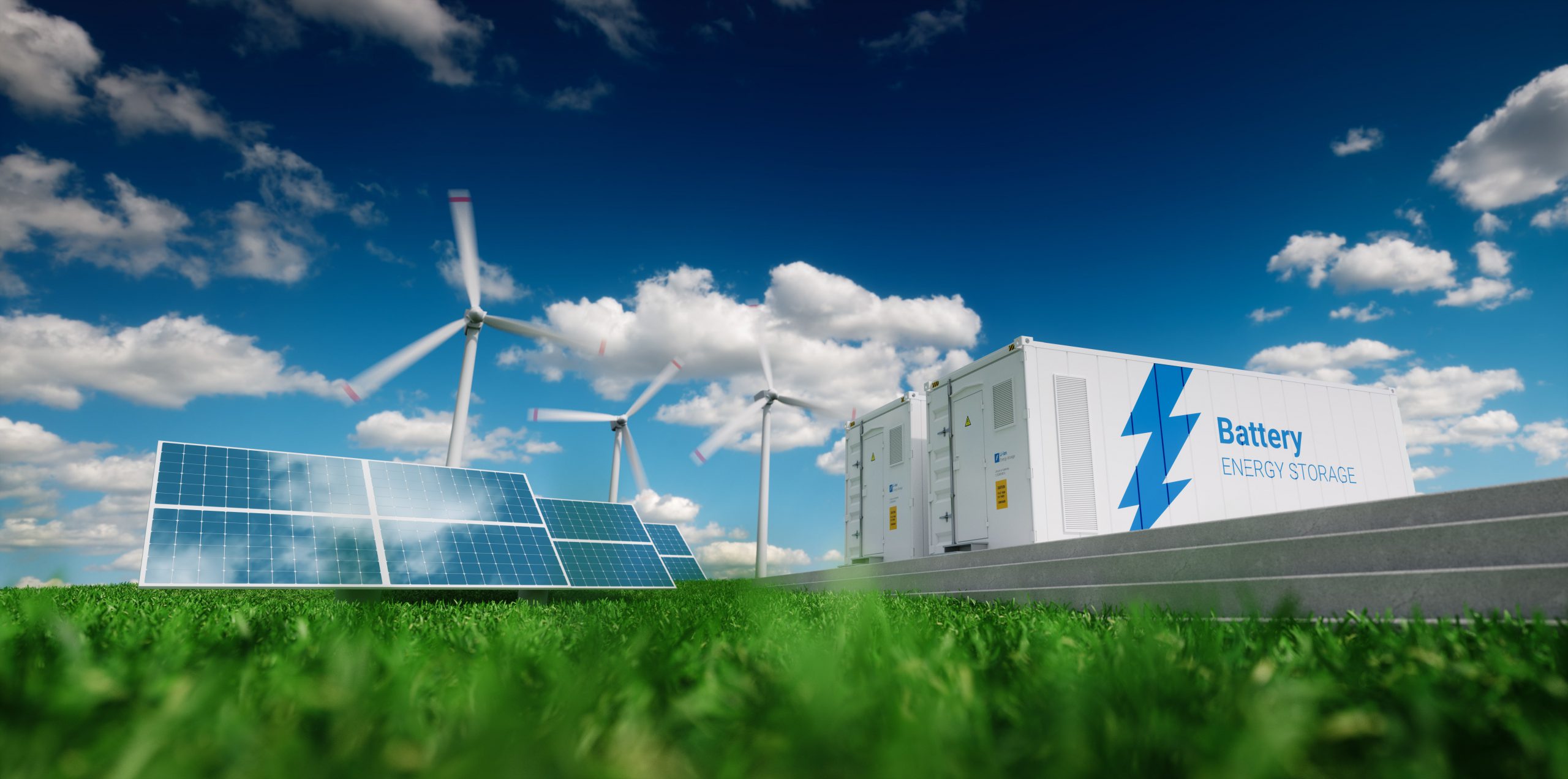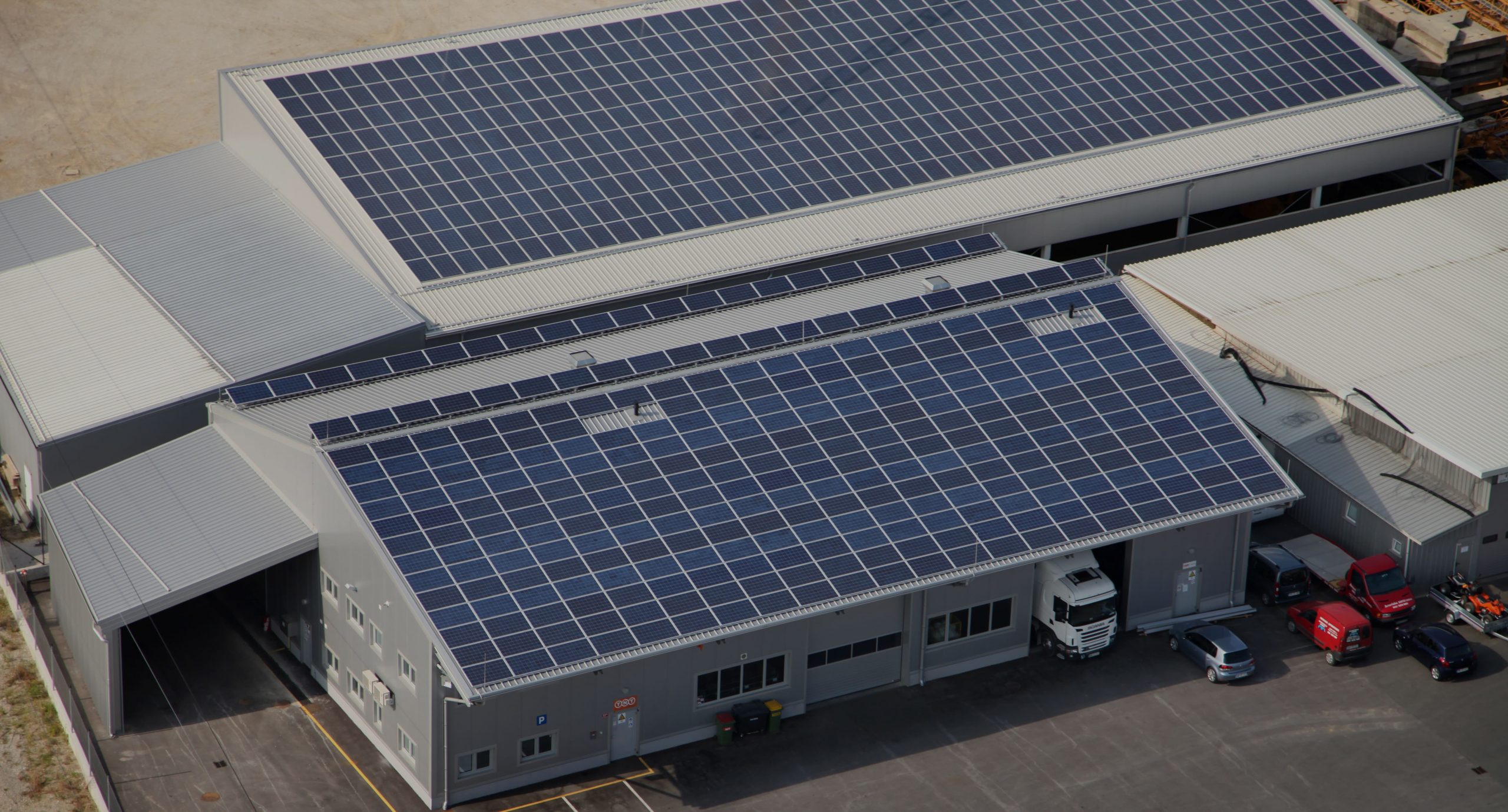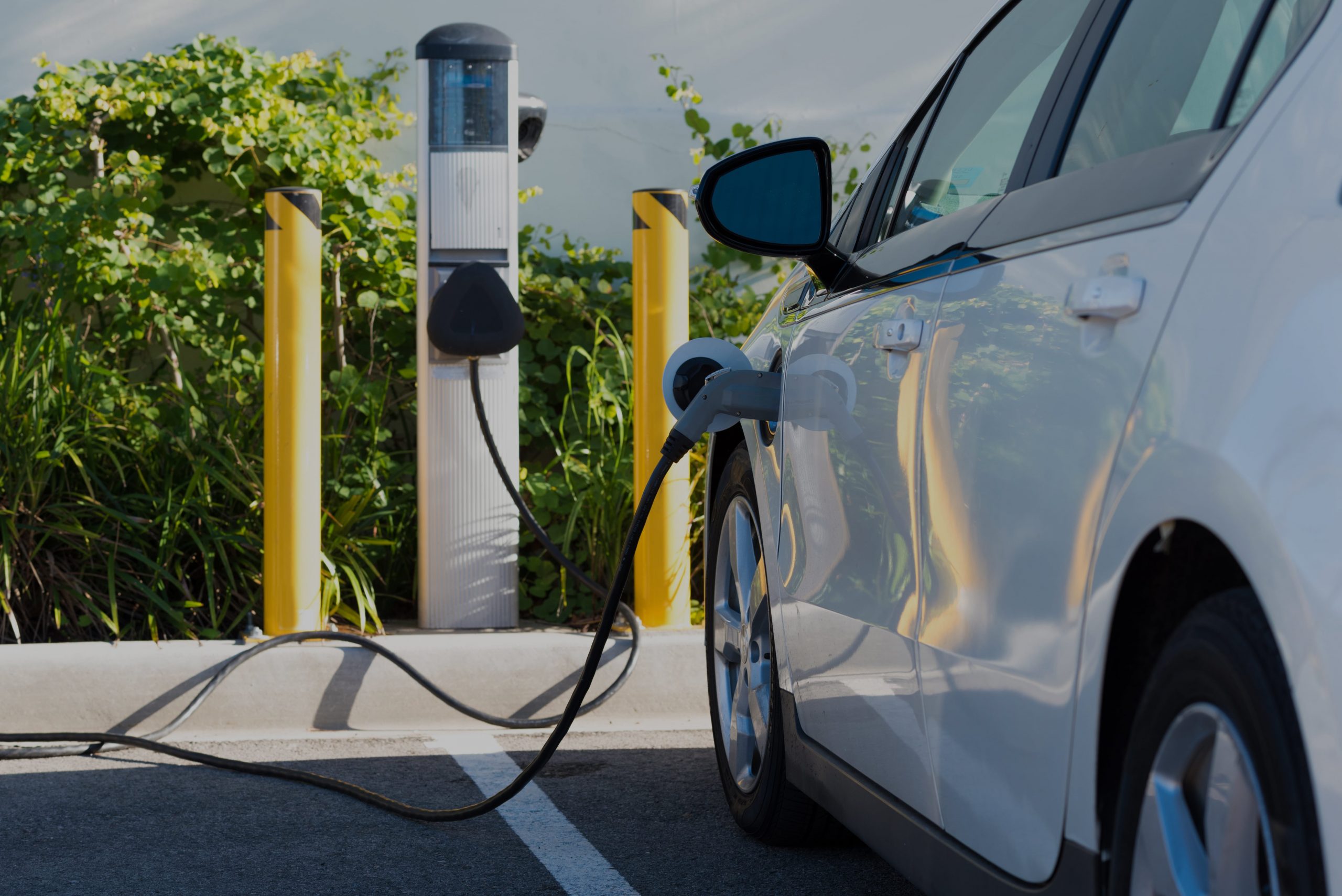Telecommunications
Telecommunications
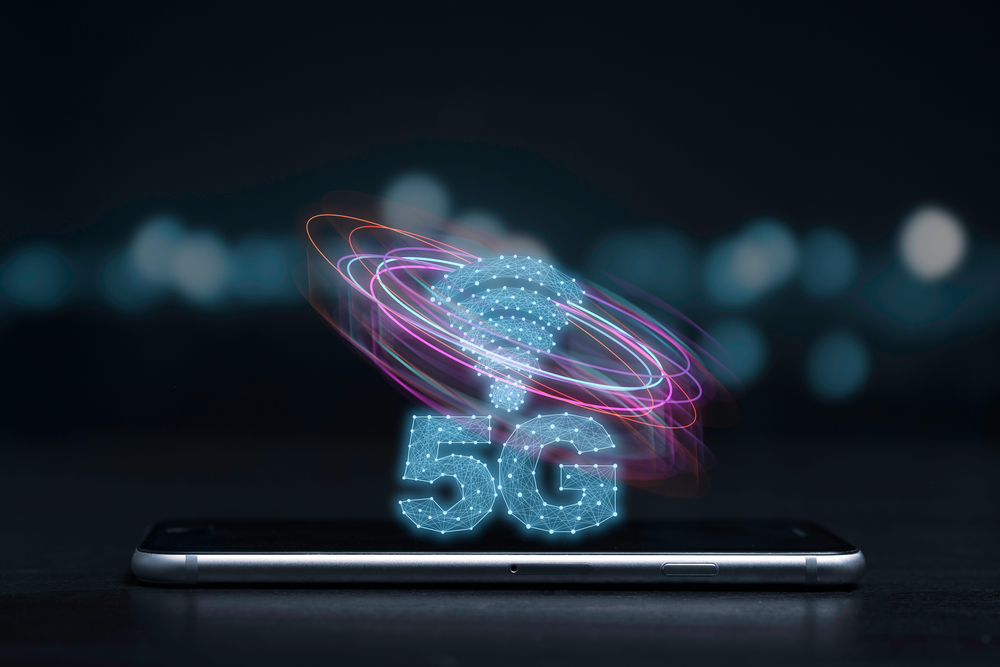
5G
You can’t predict the future. And you can’t ignore its possibilities.
The next major network revolution isn’t here yet, but it is in the works. 5G technology is expected to completely change the wireless network landscape, by increasing speeds by at least 10x.
The demand for bandwidth is growing at unstoppable rates. Consumers need faster data transmission and connectivity wherever they go.
The Internet of Things (IoT) continues to gain new devices every day, infrastructure continues to be developed, and maintaining control of remote programming and devices becomes ever more vital to operations.
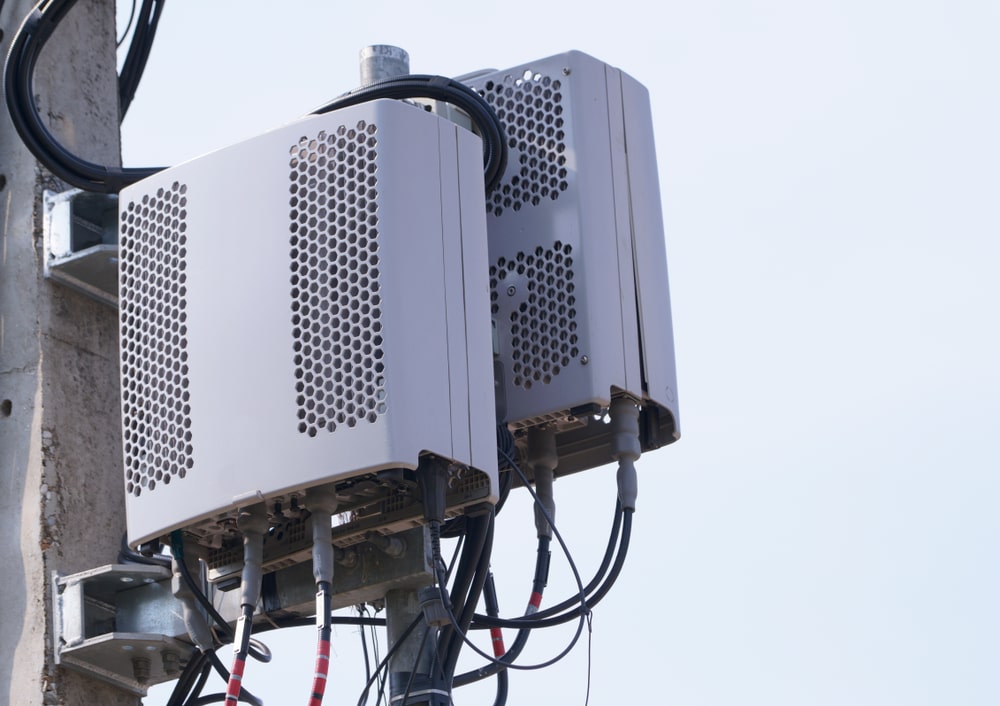
Small Cells
The ideal discreet installation choice, Small Cells maximize customerexperience in voice and datacapacity in amusement parks, stadiums, and educational institutions.
siteworker offer Small Cells Solutions as a part of our comprehensive network deployment approach. Small Cells are often the ideal solution to fill voids in coverage or capacity with the wireless carriers’ macro networks.
Employ Small Cells to maximize customer experience in voice and data capacity within stadiums, amusement parks, and educational institutions.
this solution has become more popular of late due to its more discreet node placement over tall prominent towers. Small cells are often attached to sign posts and streetlights.
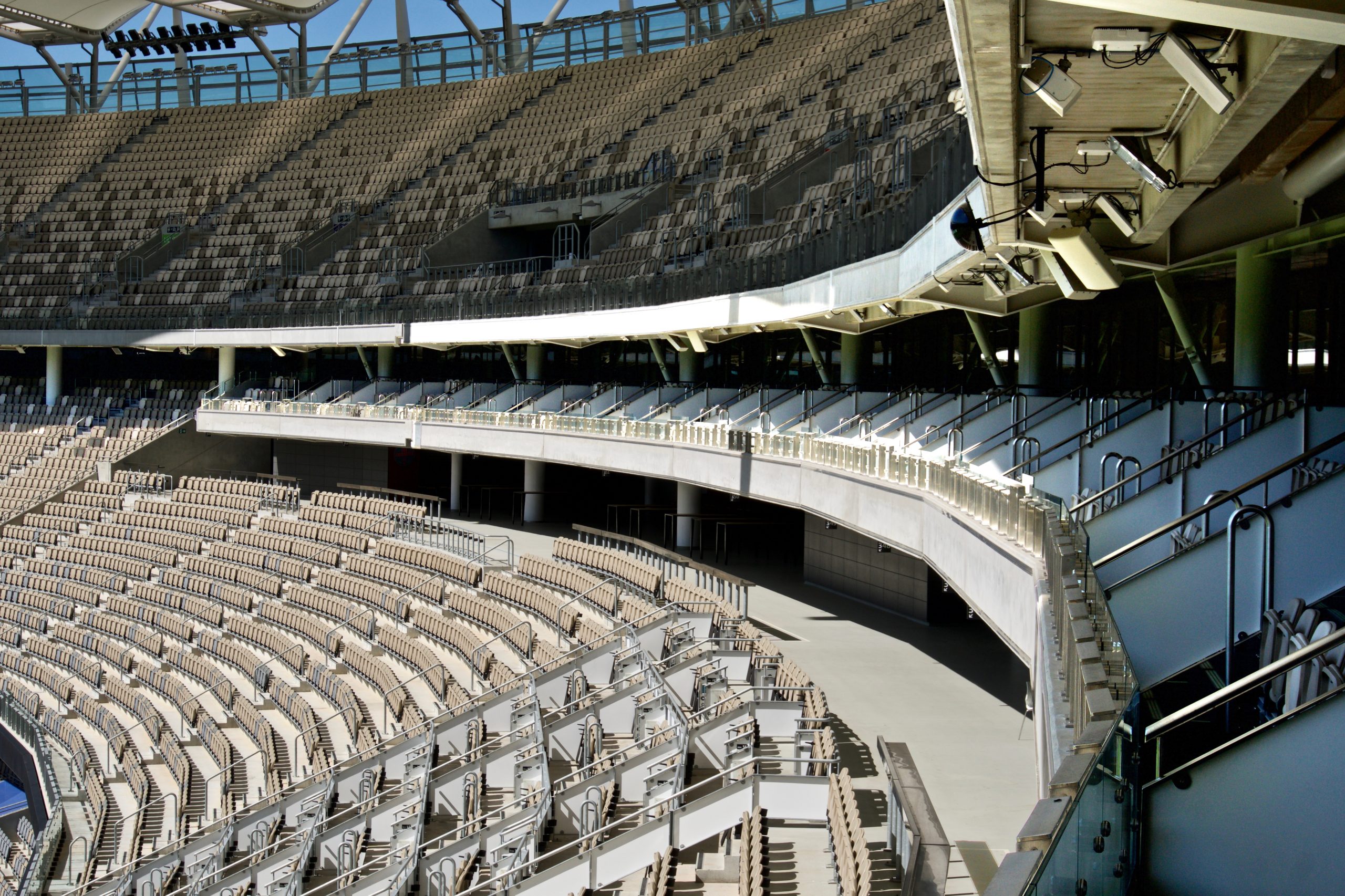
DAS
Distributed Antenna Systems (DAS), are antennas that are low-powered and connected by fiber.
The design includes an antenna that is centrally located and then branches out across an area. DAS solutions are implemented when traditional tower design is not feasible.
Additional reasons to employ DAS are if buildings would block antennae or if zoning requirements limit antenna building.
Data and voice travel through DAS systems, but DAS systems also support cellphones, Wi-Fi, and mobile radios. 6 GHz is the top frequency range of the DAS system.
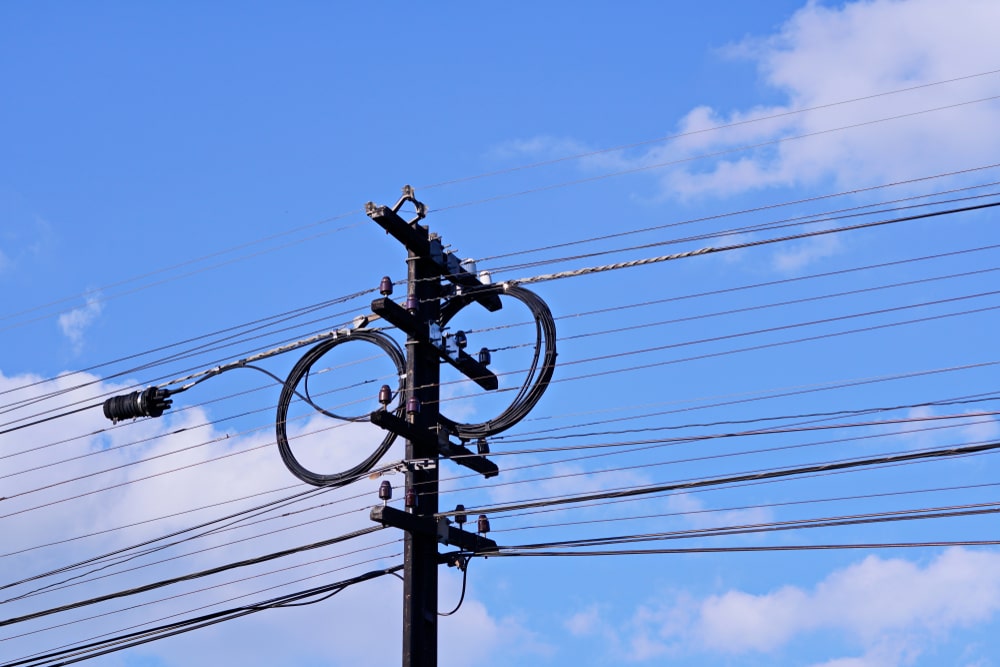
Fiber
Fiber-to-the-x, or (FTTx) refers to a variety of broadband network architectures. It utilizes optical fiber to transmit data over long distances.
Fiber optic cables are often chosen over copper cabling for consumer data transmissions, because copper cannot carry data at high speeds in traditional telephone lines. Fiber cabling into buildings is the fastest method of transmission.
Standard coaxial and ethernet cables can easily be attached to the end. Various configurations exist in FTTx: FTTH (fiber-to-the-home); FTTP (fiber-to-the-premises); FTTB (fiber-to-the-building, -business, or -basement); FTTD (fiber-to-the-desktop); FTTO (fiber-to-the-office).





